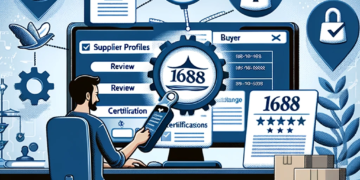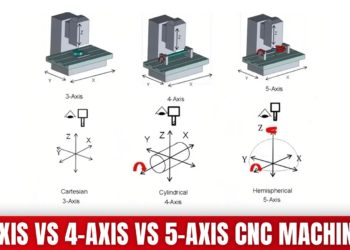When entrepreneurs think about cutting costs, they tend to focus on big-ticket items — software subscriptions, salaries, or marketing spend. But often, it’s the smaller, recurring expenses that silently eat into margins. These operational costs may seem negligible on their own, yet over time, they build up and quietly affect profitability.
The illusion of “small” expenses
Things like office supplies, printing, postage, and administrative tools don’t typically stand out on a balance sheet. They’re not glamorous, but they are constant. For a solo entrepreneur or a team of five, buying the odd envelope or pen feels trivial — until it becomes a monthly pattern with real financial impact.
Even a handful of monthly client mailings add up. If you’re still using postage stamps instead of digital or bulk solutions, you might be paying more than you realise. It’s not just the price per stamp — it’s also the time spent buying them, printing documents, packaging, and posting. And if these tasks fall on you or a key team member, that’s time not spent on growth-driving activities.
Printing: cost, quality, and consistency
Printing remains a necessity for many small businesses. Whether it’s invoices, proposals, contracts, or marketing materials, hard copies still have their place. The trouble is that many small firms stick with outdated or inefficient equipment far too long.
A modern laser printer not only delivers clearer documents, but it’s also faster and more economical over time — especially for businesses that print frequently. Ink costs less per page, and the speed of output can actually free up valuable time. Plus, clients notice the difference: clean, professional-looking documents project reliability.
If your equipment is older than five years, it’s worth comparing running costs and output quality. Newer models may represent an upfront investment, but they often pay for themselves in efficiency and reduced downtime.
How to stay in control of operational costs
Awareness is the first step. Create a separate category in your expense tracking for consumables and admin tools. You’ll likely be surprised at how quickly the numbers grow. Then, audit your practices. Are you buying supplies ad hoc or in bulk? Are you using outdated tech that eats time and toner?
Optimising doesn’t mean cutting corners. It means spending smarter — choosing durable items, automating repeat orders, and streamlining processes. Even simple changes, like moving to refillable pens or buying paper in bulk, can make a difference over a fiscal year.
Running lean doesn’t mean doing without. It means knowing where your money goes and making every pound work harder. By rethinking small but persistent costs — from postage stamps to your office laser printer — small businesses can boost efficiency without compromising quality. And in a competitive environment, that edge matters.
David Prior
David Prior is the editor of Today News, responsible for the overall editorial strategy. He is an NCTJ-qualified journalist with over 20 years’ experience, and is also editor of the award-winning hyperlocal news title Altrincham Today. His LinkedIn profile is here.












































































